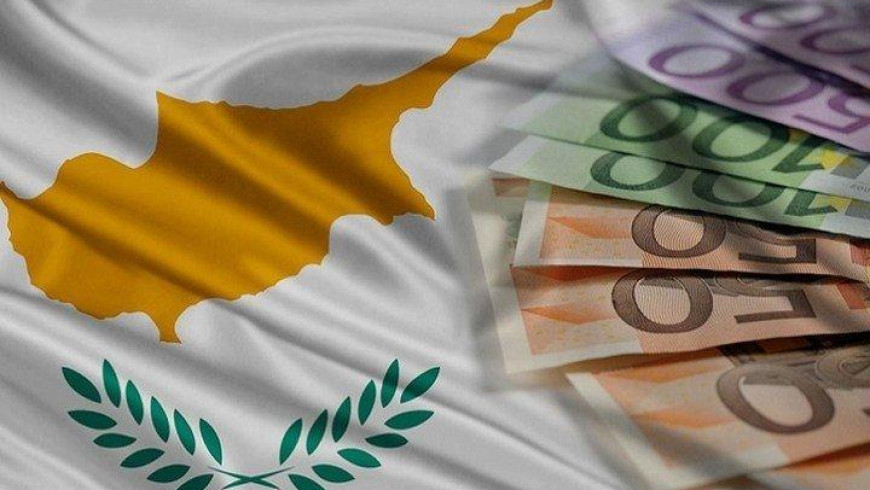
There was a renewed surge in growth in the Candidate Countries (CC-13) in 2000. According to a report published on the 13 August 2001 by Eurostat, the Statistical Office of the European Communities in Luxembourg, the GDP of the CC-13 countries as a whole, after standing still in 1999, went up by 5.0% at constant prices in 2000. The increases ranged between +1.6% in Romania and +7.2% in Turkey.
In terms of purchasing power standards (PPS), per capita GDP was highest in 2000 in Cyprus (82% of the EU average) and Slovenia (71%), i.e. close to or even above the figures for Greece (68%), Portugal (74%) and Spain (81%), the Member States with the lowest figures for per capita GDP. In the other Candidate Countries, the figures for GDP per capita ranged between 24% of the EU average in Bulgaria and 58% of the average in the Czech Republic.
Economic growth in the Candidate Countries averaged 5.0% in 2000, above the EU figure of 3.3%. In 1999 five of the 13 Candidate Countries had recorded negative growth rates but in 2000 the rates were positive in every country. Together, the CC-13 countries achieved a total GDP figure of EUR 624 billion in 2000, or 7.3% of the figure for the EU. In terms of PPS, however, the GDP of the Candidate Countries amounted to 16% of Community GDP.
Turkey, which accounts for a third of the Candidate Countries' total GDP, recorded the strongest growth (+7.2%), which followed the downturn in 1999 (-4.7%). After Turkey, the strongest performances in 2000 came from Latvia (+6.6%), Estonia (+6.4%) and Bulgaria (+5.8%). Poland, which accounts for a quarter of the Candidate Countries' GDP, repeated its solid performance of 1999 (+4.1%) with another good performance in 2000 (+4.0%). The lowest growth rates occurred in Romania (+1.6%), Slovakia (+2.2%) and the Czech Republic (+3.1%).
In terms of PPS, per capita GDP in the CC-13 countries was 35% of the EU figure. In five Candidate Countries the figure was more than half the EU average: Cyprus (82%), Slovenia (71%), the Czech Republic (58%), Malta (53%) and Hungary (52%). At the other extreme, there were five countries where GDP per capita was less than 30% of the EU figure: Bulgaria (24%), Romania (27%) and Turkey, Latvia and Lithuania (each 29%).
Between 1996 and 2000 the biggest increases in GDP per capita in relation to the EU average occured in Hungary (from 46% to 52%), as well as in Slovenia (from 66% to 71%), Estonia (from 33% to 37%) and Latvia (from 25% to 29%). The biggest reductions were in the Czech Republic (from 65% to 58%) and Romania (from 33% to 27%).
In terms of purchasing power standards (PPS), per capita GDP was highest in 2000 in Cyprus (82% of the EU average) and Slovenia (71%), i.e. close to or even above the figures for Greece (68%), Portugal (74%) and Spain (81%), the Member States with the lowest figures for per capita GDP. In the other Candidate Countries, the figures for GDP per capita ranged between 24% of the EU average in Bulgaria and 58% of the average in the Czech Republic.
Economic growth in the Candidate Countries averaged 5.0% in 2000, above the EU figure of 3.3%. In 1999 five of the 13 Candidate Countries had recorded negative growth rates but in 2000 the rates were positive in every country. Together, the CC-13 countries achieved a total GDP figure of EUR 624 billion in 2000, or 7.3% of the figure for the EU. In terms of PPS, however, the GDP of the Candidate Countries amounted to 16% of Community GDP.
Turkey, which accounts for a third of the Candidate Countries' total GDP, recorded the strongest growth (+7.2%), which followed the downturn in 1999 (-4.7%). After Turkey, the strongest performances in 2000 came from Latvia (+6.6%), Estonia (+6.4%) and Bulgaria (+5.8%). Poland, which accounts for a quarter of the Candidate Countries' GDP, repeated its solid performance of 1999 (+4.1%) with another good performance in 2000 (+4.0%). The lowest growth rates occurred in Romania (+1.6%), Slovakia (+2.2%) and the Czech Republic (+3.1%).
In terms of PPS, per capita GDP in the CC-13 countries was 35% of the EU figure. In five Candidate Countries the figure was more than half the EU average: Cyprus (82%), Slovenia (71%), the Czech Republic (58%), Malta (53%) and Hungary (52%). At the other extreme, there were five countries where GDP per capita was less than 30% of the EU figure: Bulgaria (24%), Romania (27%) and Turkey, Latvia and Lithuania (each 29%).
Between 1996 and 2000 the biggest increases in GDP per capita in relation to the EU average occured in Hungary (from 46% to 52%), as well as in Slovenia (from 66% to 71%), Estonia (from 33% to 37%) and Latvia (from 25% to 29%). The biggest reductions were in the Czech Republic (from 65% to 58%) and Romania (from 33% to 27%).














 3287.99
3287.99 1275.09
1275.09
